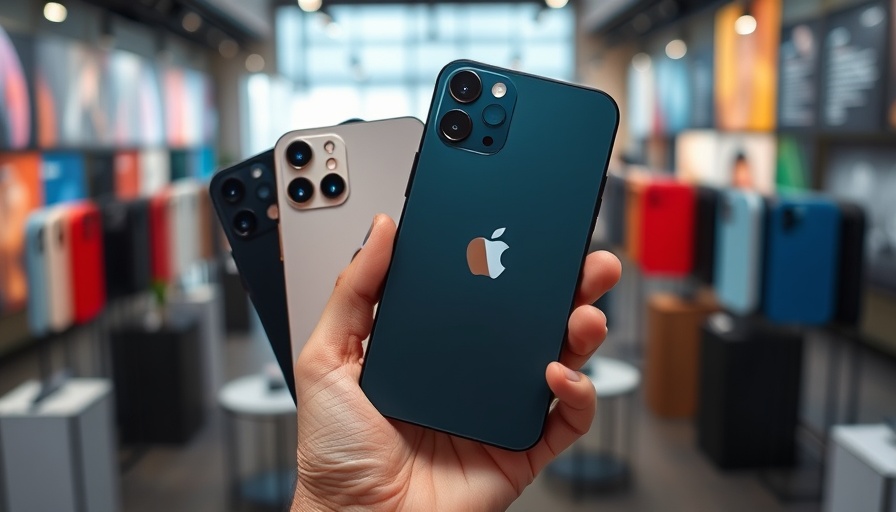
Is Apple Losing Its Touch With the Controversial iPhone 17 Design?
In the world of technology, few events draw as much attention as the unveiling of a new iPhone. Fans eagerly await the latest innovations from Apple, anticipating groundbreaking features and sleek designs that have historically set the standard for smartphones. However, the recent launch of the iPhone 17 lineup elicited a surprising wave of disappointment from consumers instead of excitement.
Fans React to Design Disappointment
The iPhone 17, available in several models including the iPhone 17 Pro and Max, was introduced with features like improved chipsets, enhanced battery life, and advanced camera capabilities. Yet, the design—the very aesthetic that has drawn admirers for years—has been criticized harshly. Many fans took to social platforms to voice their displeasure, suggesting that the new device resembles those of competitors, such as the Google Pixel 10.
“It looks like an ugly Android phone. It’s so not Apple,” one frustrated user commented, while another lamented, “Steve Jobs would have fired everyone in his era.” This sentiment indicates a fear that Apple is straying far from the design philosophy that has made it a leader in tech innovation.
A Shift in Marketing and Consumer Expectations
In the past, Apple’s design choices have been bold and sometimes ahead of their time, winning over devoted fans and new consumers alike. Today, however, Apple seems to be grappling with consumer expectations. Traditional iPhone users, in particular, were disappointed by the absence of a black color option, a staple in previous releases. One user commented, “No black iPhone 17 Pro is just insanely dumb,” reflecting how critical color options are to the smartphone market.
This reaction highlights a shift in consumer preferences, where not only functionality but also aesthetic appeal becomes a primary driver for purchase decisions. Customers are looking for devices that resonate with their personal styles and align with the brand’s legacy.
Emotional Resonance: Why Design Matters
At its core, the backlash against the iPhone 17's design reveals an emotional connection that consumers have with Apple. They don’t just buy a phone; they buy an extension of their identity. For many, owning an iPhone has represented not just technology but also status and a connection to a community that values innovation and design excellence.
When Apple falters in these areas, it doesn’t simply disappoint; it alienates loyal fans who have invested significant means into the brand. This emotional investment underscores the necessity for Apple to continually evolve and meet the expectations of its consumer base.
What’s Next for Apple: Meeting Consumer Expectations
The new iPhone models, set for pre-order starting September 12, emphasize performance over aesthetics this time around. As the smartphone market continues to be competitive, Apple may need to refocus on the design elements that have historically distinguished its devices. With companies like Samsung and Google constantly innovating, Apple could be risking its standing as a leader in smartphone design.
As consumers express their opinions loud and clear, it raises pertinent questions: How will Apple respond to this backlash? Will they take steps to address customer feedback on design? Engaging with their audience through transparent communication could be key to regaining trust and enthusiasm.
Conclusion: Call to Action for Local Tech Enthusiasts
As we reflect on the deep-seated connections between technology companies and their consumers, it’s clear that design plays a crucial role in shaping these relationships. Are you a local Kansas City resident with thoughts on the latest iPhone? Have a story to share or want to contact us for more details? Drop us an email at team@kansascitythrive.com to share your insights, thoughts, or questions about tech developments in our region and beyond.
 Add Row
Add Row  Add
Add 





Write A Comment